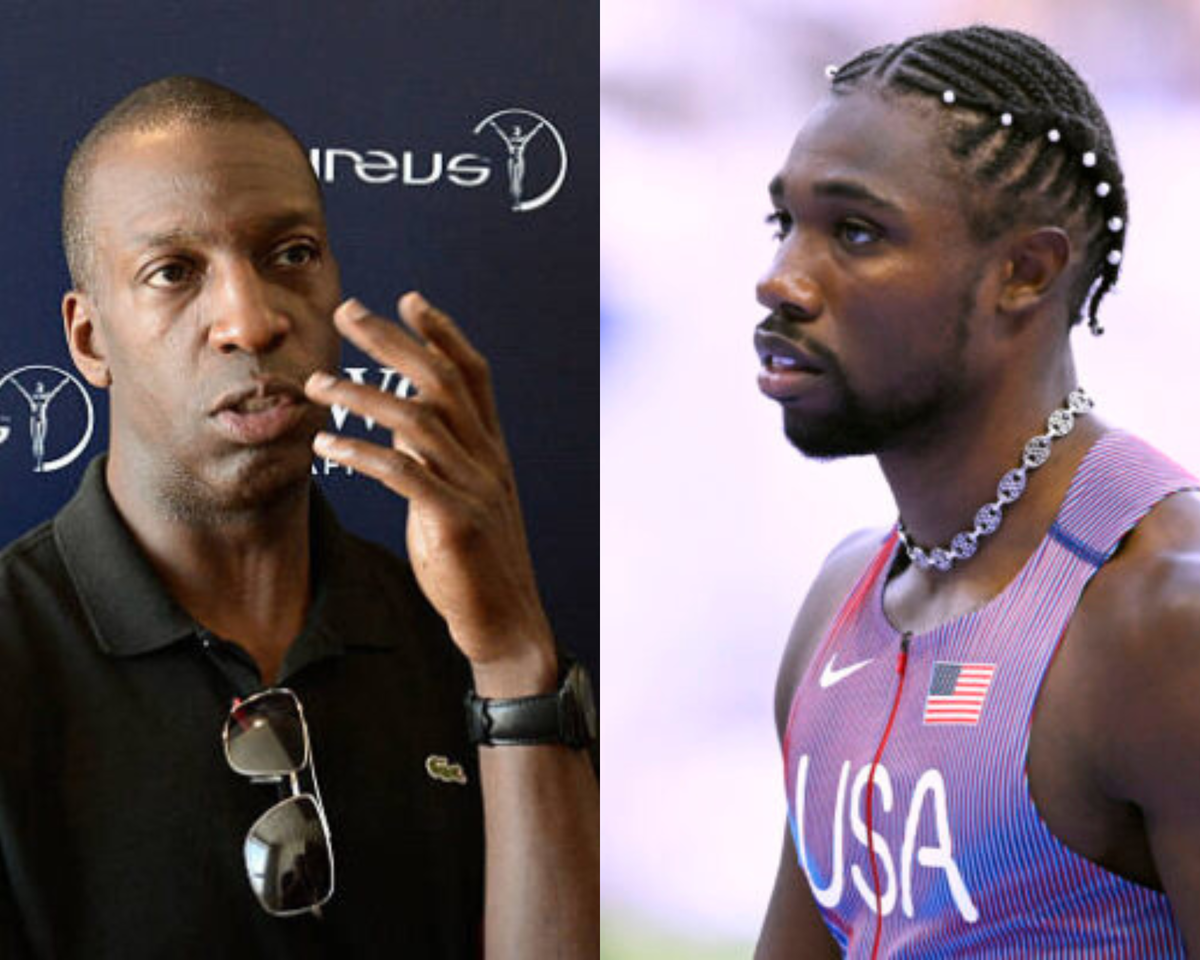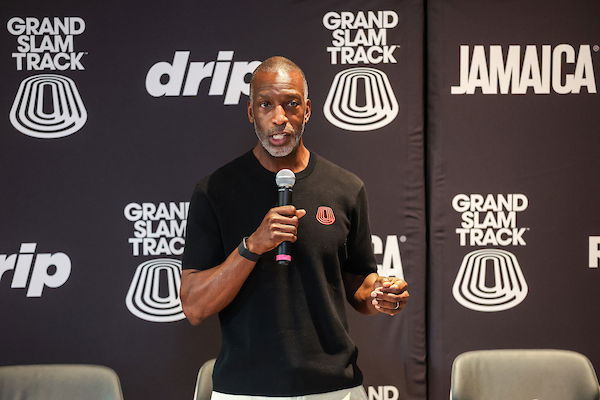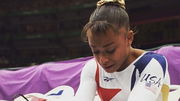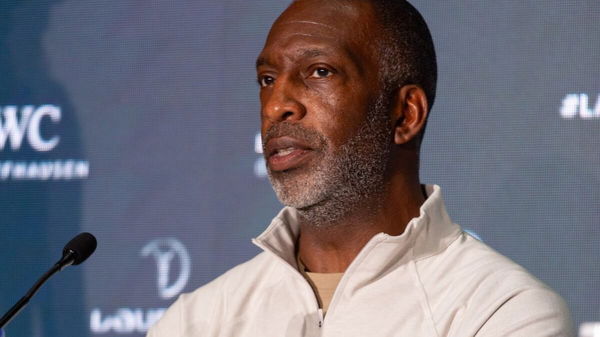

Jamaica was supposed to be the perfect launchpad. The land of sprint kings and queens. Michael Johnson’s much-hyped $30 million Grand Slam Track arrived with big promises- fantasy matchups, unfamiliar doubles, and a massive $3.1 million purse per Slam. Twelve athletes walked away $100,000 richer. Gabby Thomas, fired. Emmanuel Wanyonyi stunned a stacked 1500m field. The concept? Daring. The money? Game-changing. On paper, it was perfect. But then the camera panned to the stands….
Watch What’s Trending Now!
The silence was deafening. The crowd? Nowhere. The Jamaica National Stadium, meant to roar, barely whispered. GST is built for spectacle, but Jamaica’s silence echoed loudly. Did the sport fail the fans, or vice versa?
The GST heads to Miami in two days, but concerns are still there. On the Beyond the Records podcast, Rai Benjamin, 400m hurdles gold medalist, raised real questions on GST’s future. “Grand Slam as an entity, which I’ve always said is like, you know, you’re, if you’re not selling out stands, or if you’re not, well, not necessarily selling out, but like, at least getting to 65, 70% capacity, then I just don’t see how over time, like it’ll be a profitable model as well, too.” His concern wasn’t unfounded, though.
ADVERTISEMENT
Despite the event’s bold $12.6 million prize pool and broadcast footprint across 189 countries, it didn’t have the attendance they would have wanted in Jamaica. According to LetsRun.com’s Jonathan Gault, “large swaths of empty seats remained throughout the meet,” and the back straight was “almost completely empty.” Even with marquee matchups and record-breaking payouts, the main grandstands never reached 50% capacity.
Even athletes themselves were reportedly sending out free invites as the meet got underway, hoping to salvage turnout. Eventually, organisers also opened bleacher seats for free admission. Sure, the payouts dazzled—“It obviously worked out well for the athletes. I mean, going home with one hundred thousand dollars is phenomenal. You know, like you can’t you cannot like knock that at all.” Noah Lyles also chimed in, “In second place, like, you know, 60… I think third got 30.” Grant Holloway added, “If you get last, you get 10 bands… which is equivalent at the time to Diamond League.”
ADVERTISEMENT

ADVERTISEMENT
Benjamin acknowledged the payout as a positive step. “It’s good that finally, like, the athletes are getting compensated,” he said, highlighting the value of even the lower-tier winnings. Still, he voiced skepticism over longevity. “Is this going to be sustainable? Is Grand Slam going to last for three years? Or is it gonna last for 20 years?” he asked. “I mean, it’s not like the Diamond League is extremely old… it was a Golden League before.” Well Diamond League was launched in 2010, so yes, it’s not that old. And replaced the Golden League, which was launched in 1998. But coming back to GST
And for Michael Johnson, who didn’t start the league on a note that he would have wanted but he still remains optimistic.
ADVERTISEMENT
Michael Johnson remains optimistic amidst the problems
Financial concerns have been there from the start for the Grand Slam Track’s ambitious model. According to estimates back in November, the league’s annual expenses come to around $15.2 million (£11.9 million). That figure included prize money for 48 athletes, international travel, and high-end venue costs.
And while the budget may seem massive, that figure alone could account for nearly 50% of GST’s total budget. For a venture of this scale, one reality is clear: to sustain such spending, you need crowd participation.
Top Stories
NFL Make Final Punishment Decision on Controversial Patrick Mahomes Incident

Horrific Aerial Footage of Greg Biffle’s Fatal Crash Emerges Leaving NASCAR Community in Tears

Tom Brady Hints at Nefarious Actions From Bears After Packers Lose Sideline Heaters

Another Almost Fatal Disaster Surfaces From Statesville Airport Amidst Ongoing Greg Biffle’s Crash Investigation

Johnson Wagner Admits Guilt for Making Jordan Spieth Miss Out on Rare PGA Tour Record

Olympic Champion Dominique Dawes Confirms Heartbreaking Outcome in Missing Family Member Search

ADVERTISEMENT

Unfortunately, Jamaica’s opening leg didn’t deliver on that front. Attendance in Kingston was sparse. While the track action impressed many, the atmosphere didn’t quite match.
ADVERTISEMENT
But for Michael Johnson, the league’s founder and four-time Olympic champion, this is part of the learning curve, not a red flag. Known for his calculated approach to success, Johnson isn’t panicking. Instead, he’s drawing parallels between his own path to Olympic glory and the journey GST must take now. “We’ve had one competition,” Johnson said. “It’s just the beginning. You don’t realize your potential in your first race. If there’s ever been a group of athletes that could carry the future of the sport forward, it’s this group.”
Do you think fans would turn out in Miami? Or will it be the same Kingston story? Let us know your thoughts in the comments down below!
ADVERTISEMENT
ADVERTISEMENT
ADVERTISEMENT

